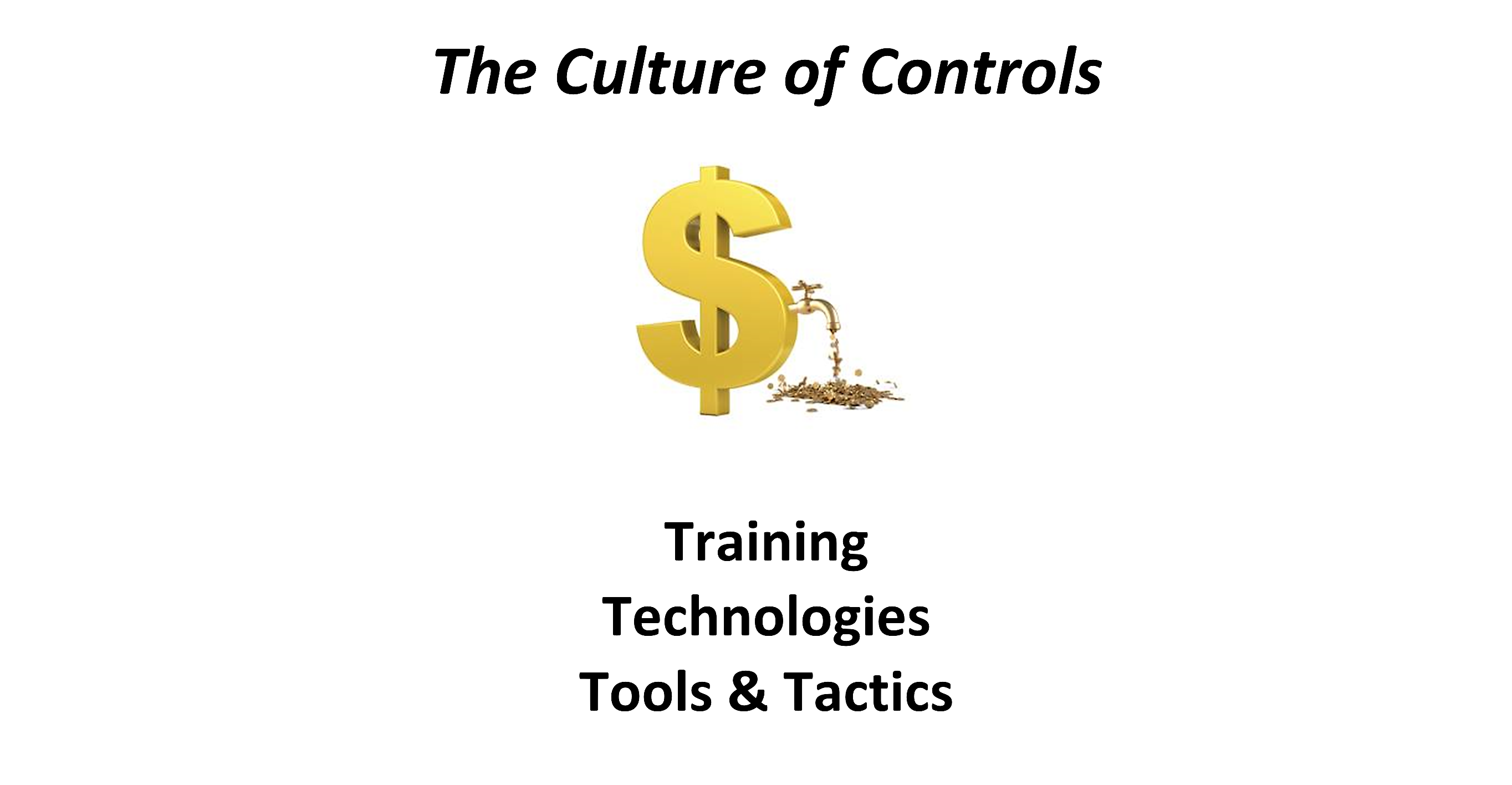Commentary
Vending loss prevention orientation; the nuts and bolts
The loss prevention orientation is one of the key elements of a proven loss prevention strategy using industry standards that impact of unaccountable cash and product losses,.

May 17, 2021 by Mark Manney — Founder/CEO, Loss Prevention Results Inc.
Preventing loss in a vending operation is an ongoing process, not a one-time event.
The most important elements in the "culture of controls" loss prevention strategy, as noted in my previous blog, are the loss prevention orientation and the company key audit, two activities that take place in tandem.
 |
The implementation of these tools became evident from 2005 to 2012 with my first client, a $65 million a year vending food services company, RE Services Inc., in LaFayette, Georgia, with documented reduction in unaccounted shrinkage starting at 3.3%, reduced to 2.8%, and subsequently reduced to 1.6%, and 1.2% by the fourth year.
By the fourth year the savings was $4.2 million,.
The process also delivered profit enhancement, increased productivity and reduced payroll.
The common denominator in this process was not me, as I was rarely on site after the initial set up, but committed owners who backed a manager who took the leadership role and became the "culture of controls" champion.
When they decided to let "management" oversee the programs clearly explained in the training manual, the results were never as powerful as with a committed and backed loss prevention champion.
When everyone is in charge, no one is in charge.
Loss prevention orientation
The vending industry loss prevention orientation program I designed and introduced to more than 70 operations were contained in five handouts and a signed acknowledge form. It took about 20 to 25 minutes total to go over each handout and answer any and all employee questions.
We provided all employees with four handouts to explain the value we placed on honesty, integrity and being open and frank of our expectations and to explain the controls we have within our day-to-day operation.
The overview page explains what I call the "Vending Theft Ladder":
7. Cash Theft
6. Product Theft
5. Theft of Property & Parts
4. Theft of Fuel
3. Theft of Time
2. Unnecessary Product Waste
1. Productivity Theft & Fuel Waste
Covert cameras and GPS
Next we explained our use of covert cameras and GPS.
Covert cameras were placed in machines, changers, warehouses, money rooms and other locations throughout the company. These were installed because experience has proven that chronic cash losses have been caused by individuals outside the company and/or former employees who have acquired keys, as well as present employees.
In some cases the use of covert cameras and covert GPS combined were able to expose and stop incidences of product theft.
As an example, covert GPS data may show a route truck stopped at a specific time in an area off its route. The motion activated video of that exact time can then be reviewed in seconds at the click of a computer mouse. The combination of these two technologies is powerful and effective.
Machine pre- and post-audit procedure
Next we explained the machine pre- and post-audit procedure.
The timing of all pre- and post-audits is critical in providing evidence of any unexplainable loss from the target machine of the audit. The shortest amount of time possible between the audit team's arrival before and after the scheduled collection is one of the critical goals of the audit.
It is critical that two managers verify the cash all along the cash chain of custody and that this dual verification is recorded.
The two managers are present when the cash is placed in the machine and the meter reading is recorded and/or the machine is DEXed just before the scheduled collection and service of the machine.
After the scheduled collection of the machines, the managers inspect the machines and record the meter readings and/or DEX the machines. If a covert camera was used in any of the machines, the managers exchanged the SD cards and viewed the videos as soon as possible.
The managers are present when the employee turns the cash into the money room at the end of the day. Together they find the bags from the audited machines, and together they count the money, checking the bills and filling out the audit form with the results.
If there is any shortage, the managers immediately review video that will show all activity in machines they were placed in.
Completing the orientation
All employees then signed a form acknowledging they have been notified that money rooms, machines, changers, vehicles, warehouses and all property may be monitored by covert cameras and GPS, and machines may be monitored by unannounced pre- and post-audits.
All employees left the orientation with a copy of each handout, all of which were posted on a loss prevention awareness board. The managers collected the signed and dated acknowledgement forms and filed them in their HR file. These forms were then available for possible corrective action, termination and avoiding paying unemployment.
This is a candid, direct, tactful meeting. It explains why the company is creating a culture of controls, and then goes into the details of exactly what is expected.
Do not underestimate the power of a well-constructed, prepared and well executed loss prevention orientation along with a stealth, unexpected key control audit…at the same meeting.
My next blog will address the necessity of key audit and key control.


